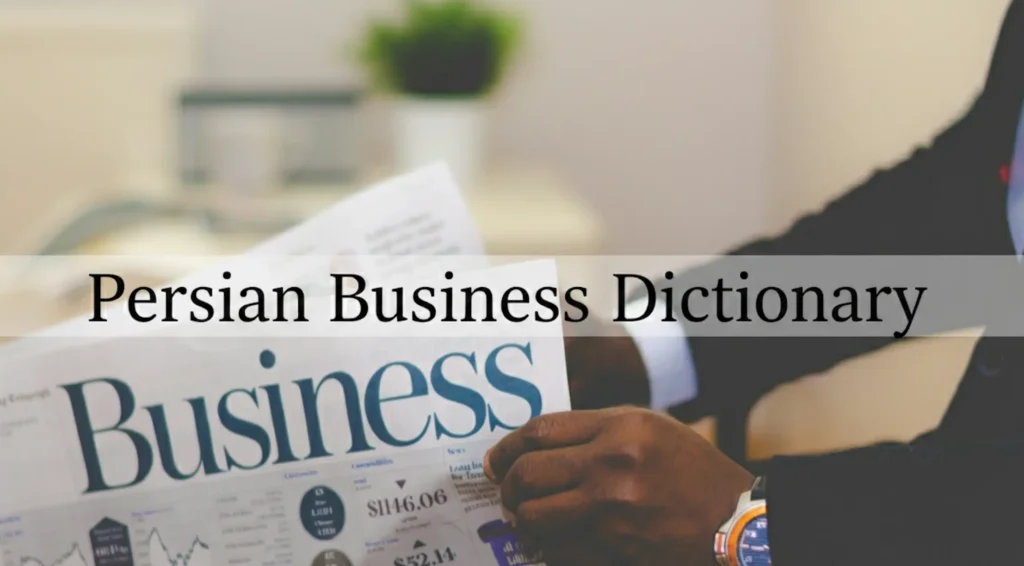Farsi, also known as Persian, is a beautiful and poetic language millions worldwide speak. Whether you’re interested in learning Farsi for travel, business, cultural appreciation, or connecting with Persian-speaking friends and family, social media and online communities offer excellent resources to help you master the language.
This guide explores practical ways to learn Farsi through digital platforms. It covers essential phrases, introductions, and vocabulary to get you started.
Why Learn Farsi Through Social Media?
Social media has transformed language learning by making it accessible, interactive, and engaging. Unlike traditional methods, social media allows you to:
- Practice daily with native speakers.
- Engage with authentic content like videos, memes, and short clips.
- Join online communities where learners and fluent speakers exchange knowledge.
- Learn in a relaxed environment without the pressure of formal classes.
Let’s explore the best ways to leverage these platforms to learn Farsi.
1. Persian Language Phrases You Need to Know
Learning common Farsi phrases will help you build confidence in conversations. Below are some essential expressions you’ll frequently use:
Greetings and Politeness
- سلام (Salâm) – Hello
- خداحافظ (Khodâ hafez) – Goodbye
- بله (Baleh) – Yes
- نه (Na) – No
- لطفاً (Lotfan) – Please
- متشکرم (Moteshakkeram) – Thank you
Basic Conversational Phrases
- چطور هستید؟ (Chetor hastid?) – How are you?
- خوبم، ممنون (Khubam, mamnun) – I’m fine, thanks.
- اسم شما چیست؟ (Esm-e shomâ chist?) – What’s your name?
- اسم من … است. (Esm-e man … ast.) – My name is …
Common Responses
- بله، درسته (Bale, doroste) – Yes, that’s correct.
- نه، متاسفم (Na, mote’assefam) – No, I’m sorry.
- مشکلی نیست (Moshkeli nist) – No problem.
By following Persian pages and watching short videos on Instagram, TikTok, and YouTube, you can see these phrases used in real conversations, making them easier to remember.
2. How to Introduce Yourself in Farsi
Introducing yourself to Farsi is one of the first steps in connecting with Persian speakers. Here’s a simple self-introduction:
👤 In a formal setting:
سلام، من [اسم شما] هستم. خوشبختم!
(Salâm, man [your name] hastam. Khoshbakhtam!)
“Hello, I am [your name]. Nice to meet you!”
👤 In an informal setting:
سلام، من [اسم شما] ام. از دیدنت خوشحالم!
(Salâm, man [your name] am. Az didanet khoshhâlam!)
“Hi, I’m [your name]. Nice to see you!”
👥 Asking about someone else:
- اسم شما چیه؟ (Esm-e shomâ chiye?) – What’s your name?
- اهل کجا هستید؟ (Ahl-e kojâ hastid?) – Where are you from?
Practicing these lines in Telegram groups or WhatsApp language learning chats can boost your fluency and help you sound more natural.
3. Expanding Your Farsi Vocabulary
A strong vocabulary is key to mastering any language. Here are some essential words to get started:
Numbers in Farsi
- یک (Yek) – One
- دو (Do) – Two
- سه (Seh) – Three
- چهار (Chahâr) – Four
- پنج (Panj) – Five
Days of the Week
- دوشنبه (Doshanbeh) – Monday
- سهشنبه (Seh shanbeh) – Tuesday
- چهارشنبه (Chahâr shanbeh) – Wednesday
- پنجشنبه (Panj shanbeh) – Thursday
- جمعه (Jom’eh) – Friday
To reinforce your learning, follow Persian vocabulary pages on Instagram and Twitter. Many language teachers share daily words and phrases to help learners expand their knowledge.
4. Learning Farsi Through Social Media Platforms
Each social media platform offers unique opportunities to learn Farsi. Here’s how to use them effectively:
🔹 YouTube: Follow channels like “Learn Persian with Reza” for structured lessons.
🔹 Instagram: Search for hashtags like #FarsiLearning and #PersianLanguage to discover language-focused accounts.
🔹 TikTok: Watch short, engaging videos with everyday Farsi phrases.
🔹 Telegram & WhatsApp: Join language exchange groups to practice writing and speaking with native speakers.
🔹 Facebook Groups & Reddit: Participate in Persian language discussions and ask questions.
Engaging with native speakers and learners in these online spaces will improve your understanding and help you apply what you learn in real-life scenarios.
5. Best Online Communities for Learning Farsi
If you’re serious about learning Farsi, joining online communities is necessary. Here are some of the best platforms:
💬 r/Persian on Reddit – Discuss grammar, vocabulary, and cultural topics with Farsi learners.
📲 Facebook Groups like “Learn Farsi” – Connect with tutors and students worldwide.
🎙️ Danaa School (school.danaa.app) – Join structured online Farsi courses for Persian-speaking learners.
📻 Clubhouse & Telegram – Engage in live conversations with native speakers.
By interacting in these spaces, you’ll develop confidence and improve your speaking and listening skills faster.
<h2> Learn Farsi with Danaa School!
At Danaa School, we provide high-quality Farsi classes for Persian learners worldwide. Whether you’re a beginner or looking to improve your fluency, our expert instructors and interactive courses will help you achieve your goals.
🚀 Join our Farsi courses today! Visit Danaa School to start your language learning journey.
FAQs
1. Is Farsi difficult to learn?
Farsi has a unique script that is easier than Arabic, and it has a simple grammar structure. With practice, you can learn it quickly.
2. Can I learn Farsi just by using social media?
Social media is great for vocabulary and listening skills, but structured courses like those at Danaa School provide the best results.
3. What’s the fastest way to learn Farsi?
Immersion! Speak with native speakers, watch Persian movies, and practice daily with online communities.
4. Are Persian and Farsi the same?
Yes, Farsi is the native name for Persian, the language spoken in Iran, Afghanistan (Dari), and Tajikistan (Tajik).
5. How long does it take to become fluent?
Regular practice allows you to hold basic conversations in 3-6 months and become fluent in 1-2 years.
6. What are the best apps for learning Farsi?
Popular apps include Memrise, Mondly, Pimsleur, and Danaa School’s online platform.
7. Where can I find Farsi-speaking partners?
Join Telegram and Facebook groups, or take online classes at Danaa School to practice with native speakers.







